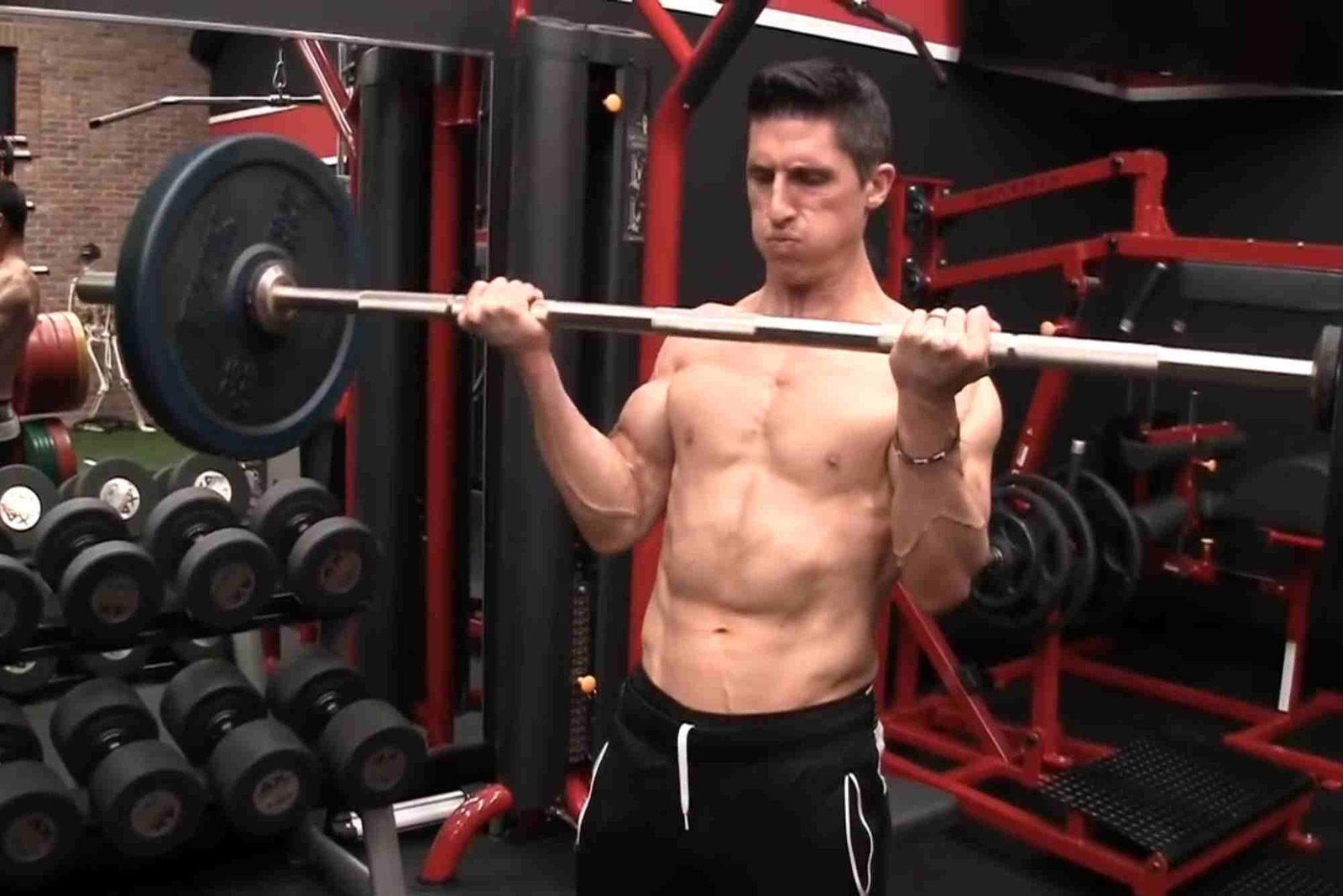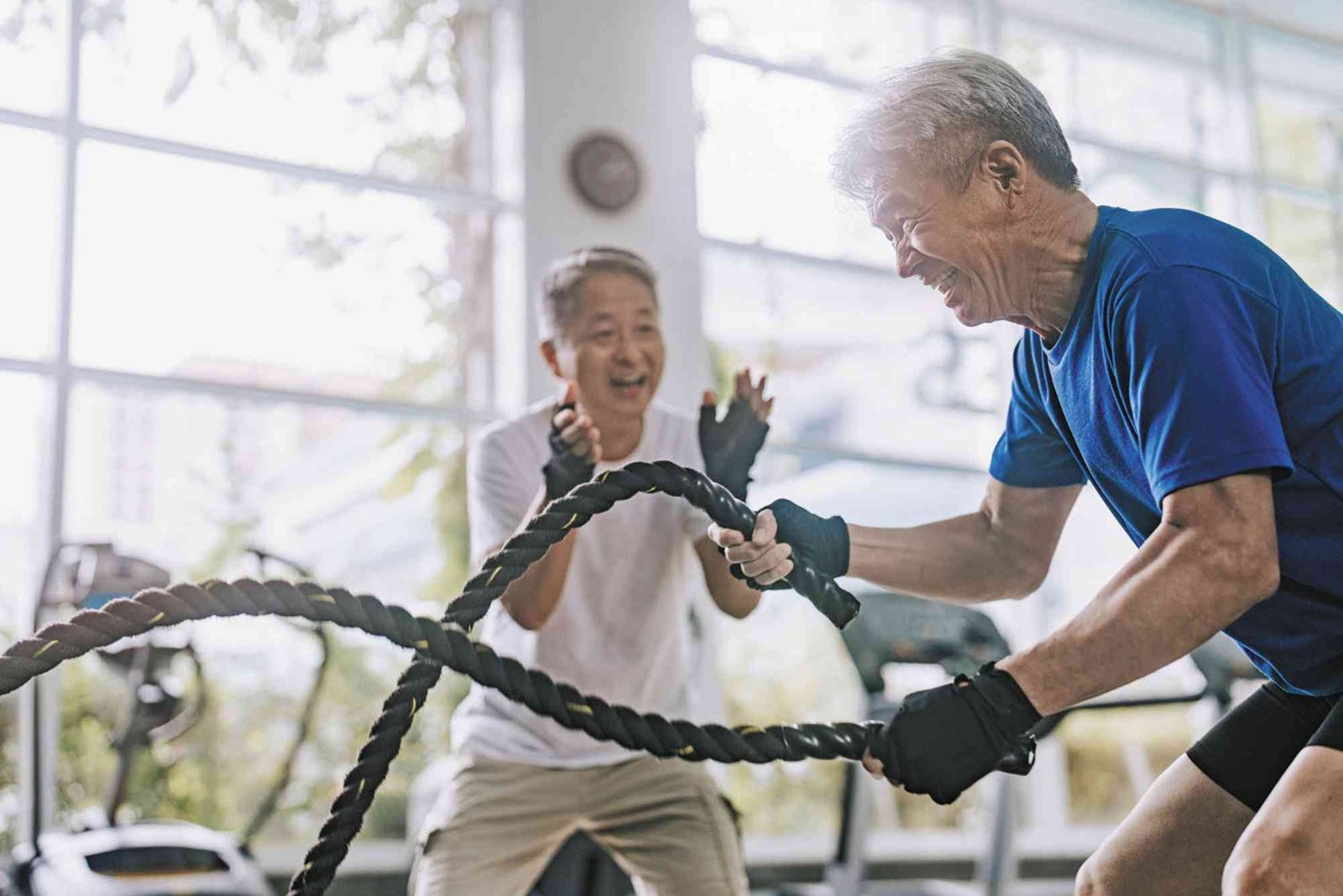Overview of Strength Curves
Strength curves are a fundamental concept in resistance training, representing the varying force exerted by muscles throughout the range of motion in an exercise. Understanding these curves is crucial for optimizing workouts and improving muscle development.
Focus on Biceps Curl Exercise
The biceps curl is a staple exercise in many fitness routines, targeting the biceps brachii muscle. This exercise can be performed using different variations, such as dumbbell curls, barbell curls, and machine curls, each influencing the strength curve differently. Knowing which strength curve applies can help in maximizing the efficiency of this exercise.
The biceps curl is a fundamental exercise in resistance training that specifically targets the biceps brachii muscle, a two-headed muscle located on the upper arm. This exercise is highly valued for its effectiveness in building and defining the biceps, contributing to the overall aesthetics and strength of the arms.

Variations of Biceps Curl
Understanding the different variations of the biceps curl is essential, as each variation can slightly alter the way the exercise engages the muscle, impacting the strength curve and muscle activation:
- Dumbbell Curl: This is one of the most common variations, performed with a pair of dumbbells. It allows for a natural range of motion and engages stabilizing muscles in the arm.
- Barbell Curl: Using a barbell for curls can enable lifting heavier weights compared to dumbbells. This variation promotes symmetry in muscle development since both arms work simultaneously.
- Hammer Curl: This variation involves holding the dumbbells with a neutral grip (palms facing each other), targeting the brachialis muscle along with the biceps, and slightly modifying the strength curve.
- Cable Curl: Performed with a cable machine, this variation provides constant tension throughout the movement, closely matching the natural strength curve of the biceps.
- Resistance Band Curl: Utilizing resistance bands introduces variable resistance that increases as the band is stretched, altering the resistance profile and the strength curve.
- Preacher Curl: This variation is performed on a preacher bench, isolating the biceps and reducing the involvement of other muscles, providing a different resistance pattern.
- Concentration Curl: Involves curling a dumbbell with the elbow resting against the inner thigh, providing a high degree of isolation for the biceps.
Mechanics of the Biceps Curl
The biceps curl primarily involves flexion of the elbow joint, where the biceps brachii muscle contracts to lift the weight. During the exercise, the forearm moves from an extended position (arm straight) to a flexed position (arm bent at the elbow), bringing the weight closer to the shoulder.
- Starting Position: Stand or sit with arms fully extended, holding the weight with an underhand grip (palms facing up).
- Curl Phase: Flex the elbows to lift the weight towards the shoulders, ensuring the upper arms remain stationary. This phase predominantly engages the biceps.
- Peak Contraction: The highest tension in the biceps occurs when the elbow is at about a 90-degree angle, corresponding to the peak of the bell-shaped strength curve.
- Lowering Phase: Slowly extend the elbows to lower the weight back to the starting position, controlling the movement to maintain muscle engagement.
Importance of Biceps Curls
Incorporating biceps curls into a fitness routine offers several benefits:
- Muscle Hypertrophy: Regularly performing biceps curls can lead to increased muscle size and strength due to the targeted engagement of the biceps brachii.
- Functional Strength: Strong biceps are crucial for various daily activities and other compound movements in workouts, such as pull-ups and rows.
- Aesthetic Appeal: Well-developed biceps contribute to the overall muscular appearance of the arms, enhancing physical aesthetics.
- Injury Prevention: Strengthening the biceps and associated muscles can help prevent injuries related to the elbow and shoulder joints by providing better support and stability.
Understanding Strength Curves
Definition and Types of Strength Curves
Strength curves can be categorized into three main types:
- Ascending Strength Curve: Force increases as the joint moves through its range of motion.
- Descending Strength Curve: Force decreases as the joint moves through its range of motion.
- Bell-Shaped Strength Curve: Force peaks in the middle of the range of motion and decreases at the beginning and end.
Factors Influencing Strength Curves
Several factors impact strength curves, including muscle mechanics, joint angles, and the type of resistance used. Understanding these factors can help in aligning training practices with the natural capabilities of the muscles.
The Biceps Curl Strength Curve
Typical Strength Curve for Biceps Curls
The biceps curl typically follows a bell-shaped strength curve. This means that the force exerted by the biceps peaks when the elbow is bent at about a 90-degree angle, decreasing as the arm extends or flexes fully.
Comparing Strength Curves in Different Biceps Curl Variations
- Free Weights (Dumbbells and Barbells): Provide consistent resistance, but the effective load on the muscle varies throughout the motion.
- Cable Machines: Offer a more uniform resistance, potentially matching the natural strength curve more closely.
- Resistance Bands: Increase resistance as they stretch, altering the strength curve compared to free weights.
- Machine Curls: Designed to provide resistance that matches the bell-shaped curve more accurately.
Analyzing the Most Accurate Strength Curve for Biceps Curls
Biomechanical Analysis
During a biceps curl, muscle activation is highest when the elbow is at a 90-degree angle. This point represents the peak contraction in the bell-shaped curve, where the muscle is most effectively engaged.
Research and Expert Opinions
Studies and fitness experts support the bell-shaped strength curve as the most representative of the biceps curl. This curve aligns with the natural biomechanics of the arm, maximizing muscle engagement and efficiency.
Practical Implications for Training
Optimizing Biceps Curl Exercises
To align with the bell-shaped strength curve, it’s essential to:
- Focus on the middle range of the curl, where the biceps are most engaged.
- Use equipment that maintains consistent resistance, such as cable machines or specifically designed curl machines.
- Adjust form and technique to maintain tension on the biceps throughout the movement.
Integrating Sanctuary Yoga and Meditation for Enhanced Performance
Combining strength training with sanctuary yoga and meditation can enhance overall performance. Yoga improves flexibility and reduces muscle tension, while meditation aids in mental focus and recovery. Incorporating these practices can lead to better muscle engagement and reduced risk of injury.

Incorporating Genera Healthcare Recommendations
Following holistic health tips from Genera Healthcare can further optimize your training. Emphasizing recovery, proper nutrition, and overall wellness supports the body’s ability to build and maintain muscle. This approach ensures that your training is sustainable and effective.
The bell-shaped strength curve most accurately represents the biceps curl exercise. Understanding and utilizing this curve can enhance the effectiveness of your workouts.




